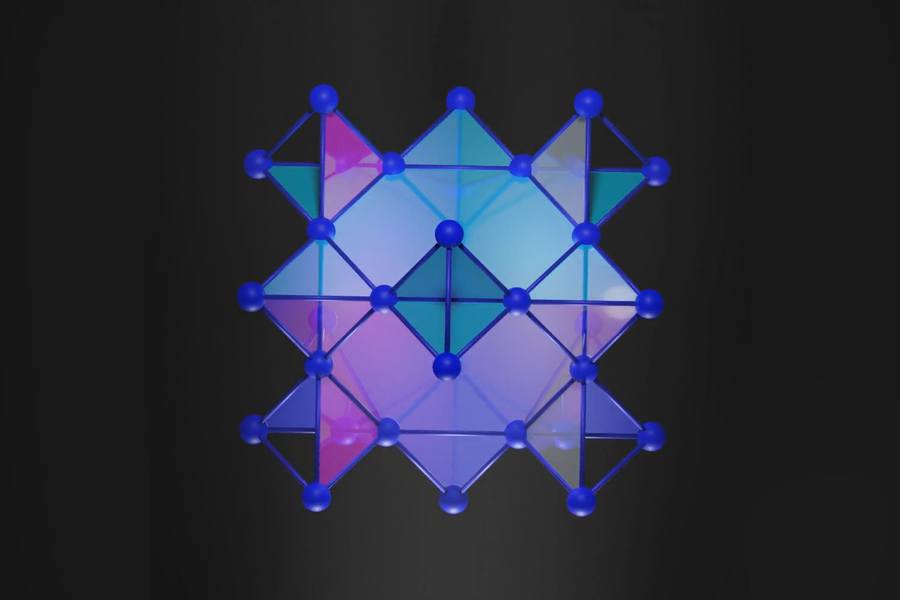
Scientists have found a way to explore rare electronic states in 3D materials that can enable supercomputing quantum bits and revolutionise electronics.
Scientists at MIT claim to have successfully trapped electrons in pure crystal, marking the first time this has been possible in a three-dimensional material.
Thanks to the atomic geometry of the crystal, synthesised by the scientists to resemble the woven patterns found in a Japanese basket-weaving art form called kagome, the electrons were able to stay trapped in what is known as an electronic “flat band”.
What’s more, by chemically manipulating the crystal, the MIT team were able to transform it into a superconductor, meaning that it can conduct electricity with zero resistance.
While electrons usually flow freely through conducting materials, they can behave strangely when trapped together by getting into the same energy state – behaving as a single unit. This state is what is known as a flat band in physics.
When in flat band, scientists believe electrons start to feel the quantum effects of other electrons and act in coordinated ways, leading to “exotic” behaviours such as superconductivity and unique forms of magnetism.
“Now that we know we can make a flat band from this geometry, we have a big motivation to study other structures that might have other new physics that could be a platform for new technologies,” said Joseph Checkelsky, author of the study published in Nature yesterday (8 November).
Along with co-lead authors Joshua Wakefield, Mingu Kang, Paul Neves, Dongjin Oh, Checkelsky found that this flat band state can be realised with virtually any combination of atoms, as long as they are arranged in the kagome-inspired 3D geometry.
Earlier this year, another team of MIT scientists created a strong new type of metal-based material based on kirigami – an ancient Japanese art form of folding and cutting paper – which is lighter than cork.
Like the more popular origami, kirigami is the practice of folding and cutting paper to create 3D shapes that are light and firm. By replacing paper with metals, scientists hope this so-called architected material can have customisable mechanical properties.
The latest study published yesterday provides a new way for scientists to explore rare electronic states in three-dimensional materials, which can someday be optimised to enable ultra-efficient power lines, supercomputing quantum bits, and faster, smarter electronic devices.
“This presents a new paradigm to think about how to find new and interesting quantum materials,” said Riccardo Comin, who collaborated with Checkelsky to direct the study.
“We showed that, with this special ingredient of this atomic arrangement that can trap electrons, we always find these flat bands. It’s not just a lucky strike.
“From this point on, the challenge is to optimise to achieve the promise of flat band materials, potentially to sustain superconductivity at higher temperatures.”
10 things you need to know direct to your inbox every weekday. Sign up for the Daily Brief, Silicon Republic’s digest of essential sci-tech news.

